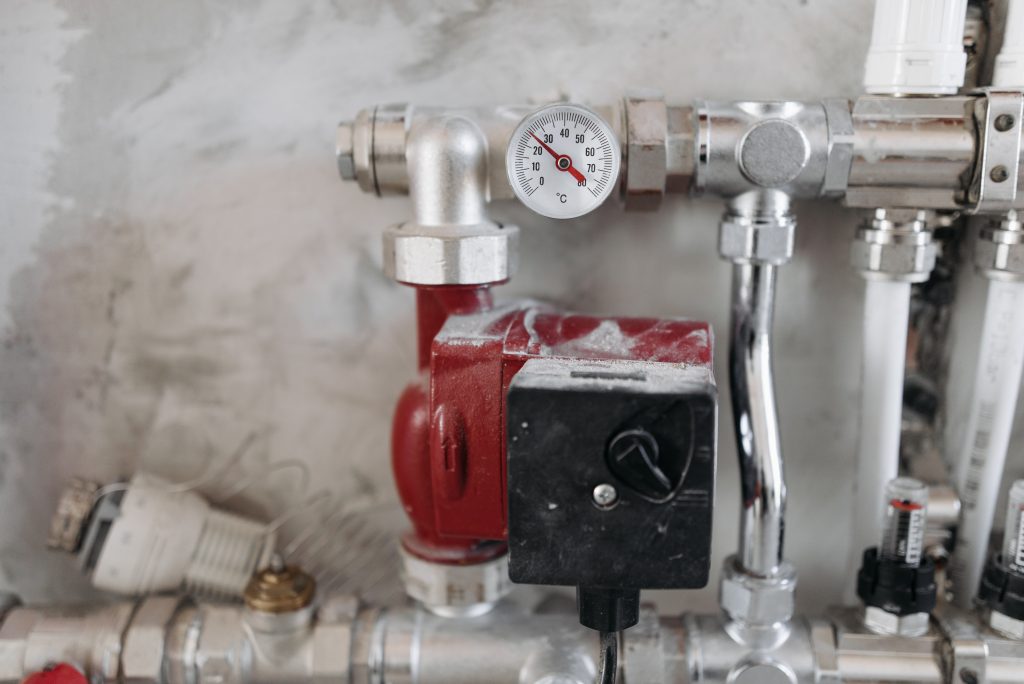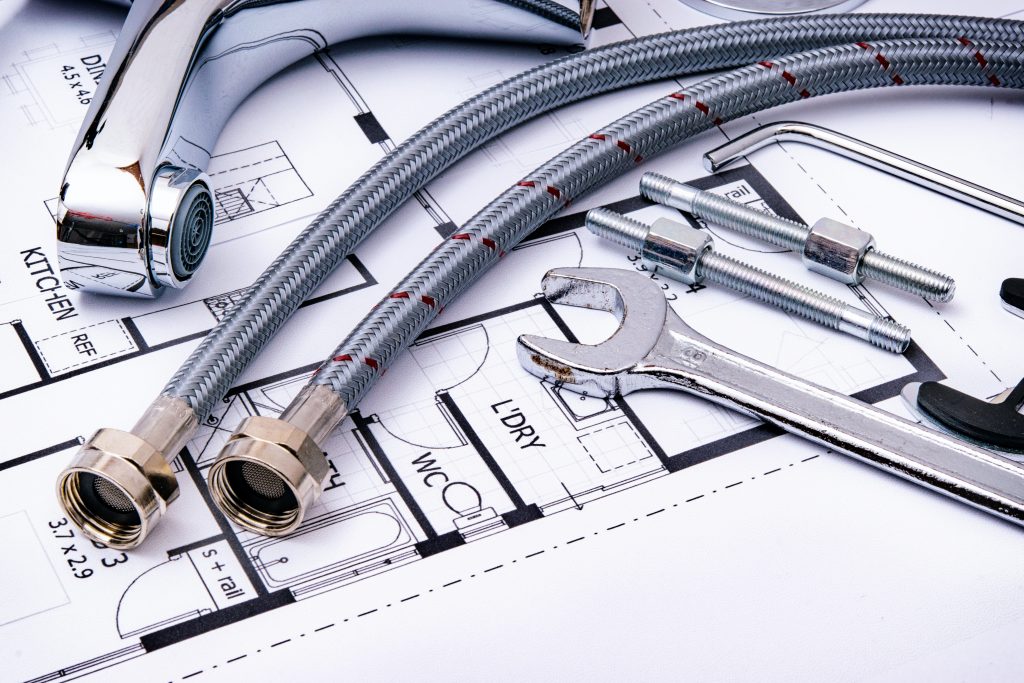
Green plumbing includes imposing green practices and the usage of sustainable technology to preserve water, reduce strength intake, and minimize environmental impact. As the arena faces increasing environmental demanding situations, green plumbing offers an powerful manner to contribute to sustainability efforts even as additionally saving cash on utility bills. Here’s an in-depth take a look at what inexperienced plumbing entails and the way it blessings each house owners and the environment.
Key Principles of Green Plumbing
Water Conservation:
- Low-Flow Fixtures: Installing low-flow lavatories, taps, and showerheads drastically reduces water usage without compromising performance.
- Dual-Flush Toilets: These bathrooms offer flushing options, one for liquid waste and one for stable waste, holding water with each use.
- Efficient Irrigation Systems: Using drip irrigation and clever controllers to water gardens and landscapes minimizes water waste.

Energy Efficiency:
- Tankless Water Heaters: These heaters provide hot water on call for with out the need for a garage tank, reducing strength intake.
- Solar Water Heaters: Using sun panels to heat water harnesses renewable electricity, decreasing reliance on fossil fuels and lowering strength payments.
- Insulated Pipes: Insulating hot water pipes minimizes heat loss, improving electricity performance and reducing heating charges.
Waste Reduction:
- Greywater Recycling: Reusing greywater from showers, sinks, and laundry for irrigation and flushing lavatories reduces the call for on fresh water resources.
- Rainwater Harvesting: Collecting and storing rainwater for non-potable uses like watering plants and flushing bathrooms conserves municipal water sources.
Sustainable Materials:
- Eco-Friendly Plumbing Materials: Using substances like PEX (move-related polyethylene) pipes, which can be greater durable and require much less strength to provide, compared to conventional materials like copper or PVC.
- Biodegradable Products: Utilizing biodegradable drain cleaners and other plumbing products to reduce chemical pollutants.
Benefits of Green Plumbing
Environmental Impact:
- Reduced Water Consumption: Green plumbing practices extensively lower water usage, helping to conserve this precious aid.
- Lower Carbon Footprint: By using energy-green appliances and renewable electricity sources, inexperienced plumbing reduces greenhouse gas emissions.
- Less Waste: Greywater recycling and rainwater harvesting lower the amount of wastewater getting into sewage structures and the surroundings.
Financial Savings:
- Lower Utility Bills: Reduced water and electricity usage interprets into vast financial savings on month-to-month utility payments.
- Increased Property Value: Homes and buildings with inexperienced plumbing structures are often extra attractive to consumers, doubtlessly increasing belongings values.
Improved Health and Safety:
- Cleaner Water Supply: Eco-friendly plumbing systems help preserve a cleanser water deliver by using lowering chemical use and infection.
- Enhanced Comfort: Efficient structures offer reliable water stress and temperature control, enhancing ordinary consolation and convenience.
Implementing Green Plumbing in Your Home
Assess Current Systems:
- Water Audit: Conduct a water audit to discover regions wherein water usage may be reduced.
- Energy Assessment: Evaluate current electricity consumption and become aware of possibilities for development.
Upgrade Fixtures and Appliances:
- Install Low-Flow Fixtures: Replace current taps, showerheads, and lavatories with low-float fashions.
- Switch to Tankless Water Heaters: Consider upgrading to a tankless water heater for progressed energy performance.
- Add Insulation: Insulate water pipes to reduce warmth loss and improve electricity efficiency.
Adopt Water Recycling Practices:
- Greywater Systems: Install a greywater recycling gadget to reuse water from sinks, showers, and laundry for irrigation and toilet flushing.
- Rainwater Harvesting: Set up a rainwater harvesting device to gather and store rainwater for non-potable uses.

Choose Sustainable Materials:
- Eco-Friendly Pipes: Use PEX or other sustainable piping materials for brand spanking new installations or replacements.
- Biodegradable Products: Opt for biodegradable drain cleaners and plumbing merchandise to decrease chemical pollutants.
Regular Maintenance:
- Routine Inspections: Regularly investigate plumbing structures for leaks, corrosion, and inefficiencies to ensure they function optimally.
- Professional Check-Ups: Schedule annual protection visits from a expert plumber experienced in green plumbing practices.
Conclusion
Green plumbing is an effective manner to make contributions to environmental sustainability at the same time as also taking part in financial and health benefits. By enforcing green practices and the use of sustainable technologies, owners and corporations can drastically lessen water and electricity consumption, decrease utility payments, and create a more fit living environment. Embracing green plumbing isn’t always most effective a smart economic choice however additionally a responsible desire for the future of our planet.
